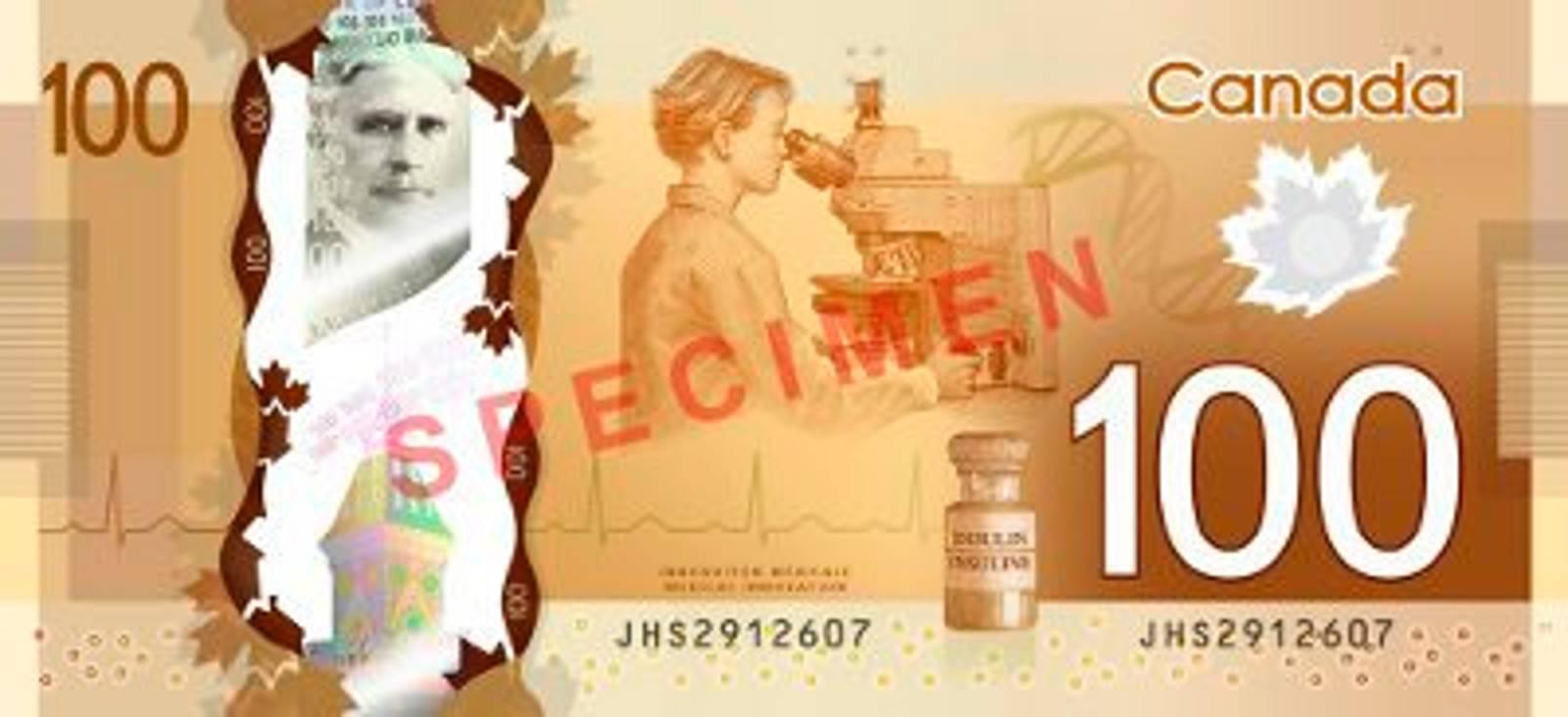The 2023 report of the United Nations Development Program (UNDP) in the Social Gender Norms Index finds that after a decade of stagnation, gender bias is still entrenched in the world. This index includes four dimensions: political integrity, educational integrity, economic integrity and physical integrity.
Even today, 90% of the world’s population polled are prejudiced against women, almost 50% believe that men are better political leaders and more than 40% believe that men are better business leaders than women. women.
The report also highlights the dichotomy between women’s progress in education and their economic empowerment: “Women are more skilled and educated than ever before, but even in the 59 countries where women are now more educated than men, the average pay gap by gender is reaching alarming levels “now 39% in favor of men.”
While the UNDP recognizes that movements towards gender equality are gaining momentum in many parts of the world, it also finds that the proportion of non-partisan people has also increased, regardless of the indicator in question.
So much for the overall picture, but what about Canada?
According to the UNDP survey, 41.14% of Canadians have gender bias, more than New Zealand (27.91%), Sweden (27.91%), United Kingdom (29.6%) , the Netherlands (30.64%), Australia (34.83%). %). , Germany (37.45%) and Norway (40.93%). It is therefore possible to do better. In addition to establishing laws and policies that recognize women’s rights in all spheres of life and greater representation of women in decision-making, which Canada is already doing, UNDP recommends tackling directly to social norms through education to change opinions.
It is interesting to note when comparing data on gender bias around the world with Inglehart-Welzel Cultural Mapthat the countries where there is the least prejudice are those which have secular values (indicating a very small role for organized religion) and which place great importance on individual autonomy.
On the other hand, the countries where more than 95% of the citizens have sexist prejudices are among those which give more importance to religious doctrines in their society and where parental obligations in the organization of life are more present. hurt his own. – expression values. This category includes countries with a high Muslim proportion, such as Egypt, India, Iran, Iraq, Kuwait, Libya, Mali, Pakistan and Palestine, but also countries of Christian allegiance. such as Haiti, the Philippines and Rwanda.
This portrayal seems to indicate that fundamentalist religious values and gender biases that prevent equal rights for women are strongly linked. However, there is hope. According to the makers of the Inglehart-Welzel cultural map, it develops: “As people become wealthier, more educated, live longer and have fewer children, their descendants become more secular and more expressive of their moral values. […]. Thus, despite lingering cultural differences, humanity as a whole is in the midst of a liberating moral progression. »
watch the video

“Passionate pop cultureaholic. Proud bacon trailblazer. Avid analyst. Certified reader.”







